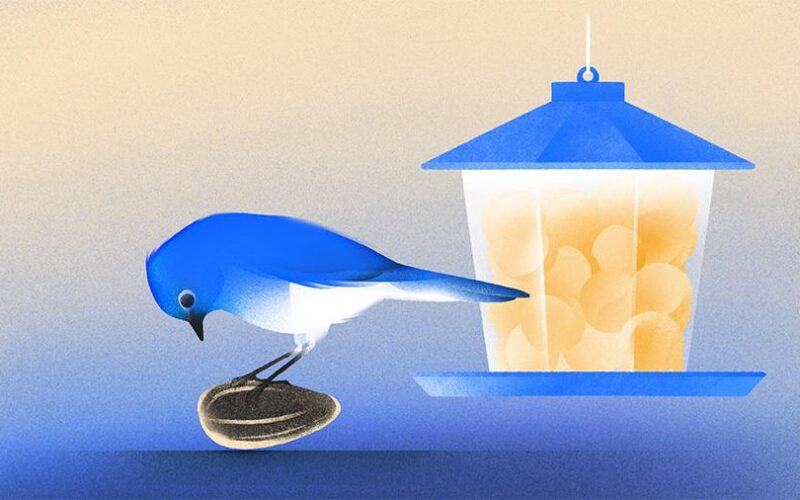In the first half of 2024, U.S. seed funding reached $6.4 billion, which is flat compared to H2 2023 and down from $7 billion in H1 2023.
However, through the downturn following the 2021 market peak, seed was the most robust of all the funding stages. In 2022, early- and late-stage funding fell, while seed funding grew year over year.
The seed train has slowed since 2022, down from the peak years, but still well above 2020 amounts.
That momentum has created concerns about where this all leads as the bar to raising Series A funding has gotten harder.
According to Crunchbase data, we find a larger pool of companies still at seed since 2021, with slimmer chances of raising that Series A.
In any market, a significant proportion of seed companies never make it to Series A. For companies that raised a milestone of at least $1 million in 2020, around half have graduated to raise post-seed funding since. For the 2021 cohort, that proportion drops to a third, based on current data.
Since 2021, graduating beyond seed has gotten harder.
Seed also got larger
Based on an analysis of Crunchbase data, we find that larger seed rounds picked up in the boom year of 2021, which is what one might expect. However, in the down market of 2022, as Series A fundings became elusive, larger seed rounds continued to grow.
In 2021, seed rounds greater than $5 million increased as round sizes across all stages increased. That trend continued into 2022, with more than 50% of seed funding and over 10% of seed rounds going above the $5 million mark. (For this analysis we exclude seed rounds of $100 million or more.)
While this is a small fraction of deals and a growing percentage of dollar volume at seed, it is not what you might expect given a market pullback.
Over the past decade, seed has become a more elastic phase broken into its own stages — pre-seed, seed, pre-Series A — as companies mark milestones in approaching a Series A.
And in a downturn, investors at all stages focused on seed, which is seen as less risky since expected returns are eight to 10 years out.
In this market, seed round sizes have not come down as companies prepare to take longer to get to Series A. As Bay Area investor Jenny Lefcourt, a partner at seed investor Freestyle, told Crunchbase News earlier this year on investing in the downturn, “our valuations have actually been higher in this market, which is not what we would have predicted.”
Breaking through to Series A takes longer and is harder, in a tougher sales environment. And once you raise a Series A, the Series B track is next.
In an uncertain funding environment, staying at seed might feel like the best option.
Methodology
For U.S. seed funding we include angel, pre-seed and seed funding rounds. For this analysis, we excluded seed funding of $100 million and above.
Illustration: Dom Guzman
Stay up to date with recent funding rounds, acquisitions, and more with the
Crunchbase Daily.
Source link
lol

